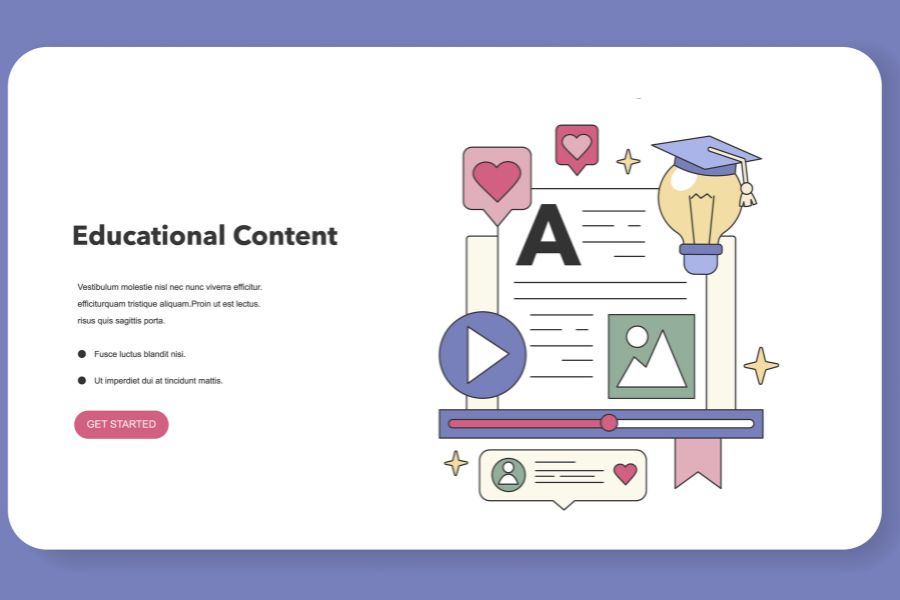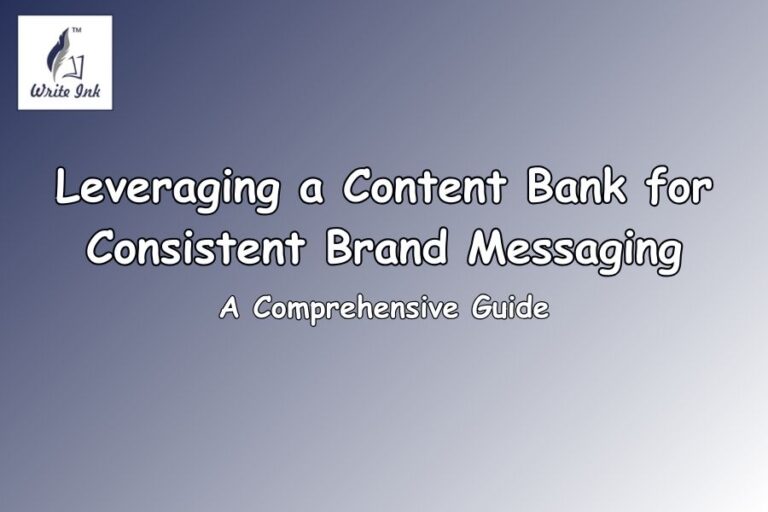Create Impactful Educational Website Content That Excels
In the age of digital transformation, educational website content has become an indispensable tool for schools, colleges, e-learning platforms, and education-focused organizations. Well-structured, engaging, and accessible content ensures that your website meets the expectations of learners, parents, and educators alike. This  guide dives into the key elements, strategies, and tips for creating exceptional educational website content that captivates and informs your audience.
guide dives into the key elements, strategies, and tips for creating exceptional educational website content that captivates and informs your audience.
Why Is Educational Website Content Crucial?
Educational website content serves as the foundation for effective communication and learning. A thoughtfully designed website with quality content:
- Enhances Credibility: Well-written content reflects the institution’s professionalism and expertise.
- Improves Engagement: Interactive and dynamic content keeps users engaged longer.
- Boosts SEO Rankings: Search engines reward websites that provide valuable, keyword-optimized content, increasing visibility to potential users.
- Supports Learning Goals: Simplified and visually appealing content facilitates better understanding and knowledge retention.
When planned strategically, educational website content transforms your platform into a go-to resource for students, parents, and educators.
Key Components of High-Quality Educational Website Content
1. User-Centric Design
Educational websites often cater to diverse audiences—students, parents, teachers, and administrators. It’s crucial to understand their needs and create content that resonates with them.
- For students: Interactive quizzes, tutorials, and downloadable resources.
- For parents: Admission details, policies, and testimonials.
- For teachers: Syllabi, teaching aids, and collaborative tools.
2. Content Structuring
Organize your educational website content into intuitive sections, such as:
- About Us: Highlight the institution’s mission, history, and achievements.
- Courses and Curriculum: Provide detailed descriptions of subjects, schedules, and learning objectives.
- Admission Guidelines: Include steps, deadlines, and FAQs to streamline the application process.
- Resource Hub: Centralize e-books, worksheets, and videos for easy access.
3. Engaging Visuals and Multimedia
Enhance textual content with:
- Infographics: Summarize key information visually.
- Videos: Offer campus tours, explain concepts, or share success stories.
- Images: Showcase events, classrooms, and facilities to build trust and connection.
4. Interactive Features
Incorporating interactive elements keeps users engaged:
- Discussion Forums: Foster peer-to-peer learning.
- Live Chat Support: Address user queries in real time.
- Gamified Learning: Use quizzes and progress trackers to make learning fun.
5. Accessibility
Make your educational website content inclusive:
- Use alt text for images.
- Ensure mobile responsiveness.
- Follow WCAG (Web Content Accessibility Guidelines) for readability and navigation.
How to Write Educational Website Content That Stands Out
1. Define Your Goals
Are you promoting admissions? Sharing learning resources? Or building an online learning platform? Defining objectives ensures your content aligns with your website’s purpose.
2. Prioritize Simplicity and Clarity
Educational website content should simplify complex ideas. Use short sentences, bullet points, and examples to explain intricate concepts.
3. Integrate SEO Best Practices
Optimize for relevant keywords like “educational website content” to improve your visibility. Use the keyword naturally in:
- Headlines and subheadings.
- Meta descriptions.
- Alt text for images.
- Content body (8–10 times for a balanced approach).
4. Update Content Regularly
Keep your website dynamic by updating course details, academic calendars, and blog articles. Stale content can reduce user trust and SEO performance.
5. Call to Action (CTA)
Guide users with clear CTAs like:
- “Download Study Materials”
- “Apply Now”
- “Join Our Community”
Common Pitfalls in Educational Website Content Creation
- Information Overload: Avoid cramming too much information into a single page.
- Lack of Visual Appeal: Bland text-heavy pages can deter users.
- Neglecting SEO: Without optimization, your educational content may not reach its intended audience.
- Poor Navigation: Disorganized layouts frustrate users and increase bounce rates.
Example Features of Exceptional Educational Websites
- Interactive Curriculum Portals: Users can explore course details and compare learning tracks.
- Virtual Classrooms: Facilitate live teaching sessions or recorded lectures.
- Success Stories and Testimonials: Highlight alumni achievements to build credibility.
- Blogs and Articles: Cover trending topics in education, career guidance, and study techniques.
Parting Wisdom

Creating outstanding educational website content requires a blend of creativity, precision, and strategy. At Write Ink, we specialize in crafting compelling, SEO-optimized content tailored to meet the unique needs of educational platforms. Our team of expert writers understands the nuances of the education sector and is committed to delivering content that educates, engages, and inspires.
Whether you’re launching a new website, revamping existing pages, or seeking regular blog updates, Write Ink ensures your content stands out in a competitive digital landscape. Let us help transform your vision into a user-friendly, impactful educational website that leaves a lasting impression.
Image Reference : Freepik
Disclaimer: All trademarks, logos, and brand names are the property of their respective owners. All company, product, and service names used in this website are for identification purposes only. Use of these names, trademarks, and brands does not imply endorsement.







